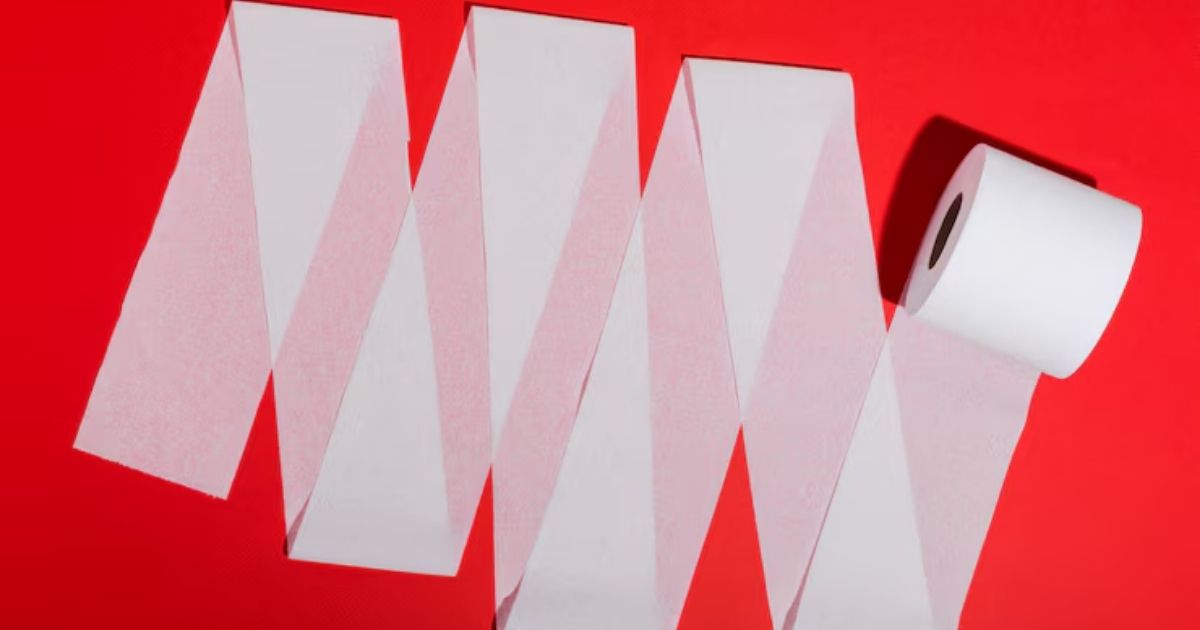Among the most important facets of baseball and softball is pitching. The environment—including the surface a pitcher is throwing on—defines the quality of his performance. Here is where a portable pitching mound finds application. Whether on a field or during a practice, players and instructors who wish to guarantee constant training must-have this item.
From their advantages to how to choose the correct portable pitching mound, this thorough guide will lead you through all you need to know. Knowing the qualities and benefits of these mounds will let you, whether your role is coach, player, or parent, make the best choice for your circumstances.
Describe a portable pitching mound
A portable pitching mound is a moveable, synthetic mound modeled like the conditions of a conventional baseball or softball field. Without a fixed setup, these mounds are meant to give pitchers a consistent and reasonable surface on which to hone their throws. Teams, single athletes, and training facilities all find a portable pitching mound to be a convenient and flexible option.
Unlike a conventional pitching mound, which calls for a lot of time and work to build, a portable version may be set up fast and moved with simplicity. This makes it the perfect answer for fields without appropriate pitching mounds or teams that regularly practice in several sites. Developing pitching abilities in a range of environments depends on this fundamental training tool.
Benefits of Using a Portable Pitching Mound
For facilities, coaches, and players, portable pitching mounds have various benefits. These are some main advantages:
Simple and Flexible
Portability of a portable pitching mound is one of its most important benefits. It may be put up anywhere needed and transported with simplicity. Whether you’re practicing on a temporary field, in a neighborhood park, or indoors, the mound gives pitchers regular surroundings.
Safe for Users
Portable mounds are meant to offer the same advantages for safety as permanent ones. The surface is robust and smooth, so lowering the possibility of injury during practice. Knowing that the mound is intended to resist great activity, players can confidently hone their throwing technique.
Cost-efficient
Building a classic pitching mound on a field can be time-consuming and costly. More reasonably priced and with the same advantages without the large outlay is a portable pitching mound. Teams or people under financial restrictions especially benefit from this.
Perfect for Learning
Practicing on a portable mound is really helpful for pitchers trying to raise their performance. It lets pitchers train as they would on a real field since it replics the precise circumstances of a professional game. Correct setup allows pitchers to work on their mechanics and pitching accuracy free from restrictions on a conventional flat surface.
Detailed Guide for Using a Portable Pitching Mound
Knowing the advantages now helps you to discover how to maximize your portable pitching mound. Set up and get going with these easy guidelines:
1. Select the appropriate mound
Choosing the correct portable pitching mound marks the first step in using one. The material, size, and design will determine the several possibilities that are present. Think about the following:
Usually constructed from rubber, foam, or synthetic turf, most portable mounds are While foam is light-weight and easy to move, rubber mounds are robust.
Make sure the mound is the suitable scale for the pitcher’s age group or ability level. An adult’s regulation mound will be different from a youth mound.
Weight: Choose a smaller type if you must regularly move the mound
1. Construct the Mound
Setting your portable pitching mound comes next once you have chosen one. Put the mound on a level ground such that it is stable and safe. Steer clear of setting it on uneven ground since this will compromise the pitcher’s balance.
- Safety and best performance depend on the mound being placed on a level ground.
- The mound should be placed a safe distance from the batter’s box to provide the pitcher enough area to work.
2. Survey the Mound
Test the mound to be sure it is stable before beginning your practice. To guarantee it feels safe, have a pitcher stand on it. Readjust the mound until it is correctly stable should it move or shift.
3. Work with Correct Technique
Start honing your throwing methods once the mound is set up. Not forget to give your mechanics, accuracy, and consistency first priority. By working on their technique in a more realistic environment than on level ground, pitchers using a portable mound can improve their performance.
- Start with light throws to warm up your arm and become at ease with the mound.
- To raise general pitching performance, concentrate on particular drills including fastballs, curveballs, and change-ups.
4. Preserve the Mound
The mound’s continued good condition depends on regular care. After every usage, tidy the mound and look for wear and tear. This will assist to maintain its performance and lifetime.
Benefits and Drawbacks of Portable Pitching Mounds Benefits
- Convenience: Portability is really beneficial, as was already noted. These readily moveable mounds let you practice anywhere.
- Portable mounds are a reasonably priced substitute for teams or athletes that wish not to make long-term mounds investments.
- Safety: These mounds give pitchers a smooth, steady surface. Their design considers safety.
- Conspects
Durability: Although movable mounds are robust, if improperly maintained they might not endure as long as permanent mounds. - Stability on Uneven Ground: A movable mound may migrate over soft or uneven terrain, therefore influencing pitching consistency.
Some portable mounds are less suited for higher-level competition since they do not have the same height and slope of a professional mound.
Frequently Asked Questions ( FAQs)
Which portable pitching mound would be appropriate for me?
Think through the content, dimensions, weight, and intent. While a foam mound is lightweight and easier to transport, a rubber mound might be more durable.
On any surface may I utilize a portable pitching mound?
To guarantee the safety and performance of the mound, you should ideally set it on a level, solid ground.
Should young players be using a portable pitching mound?
Indeed, portable mounds are perfect for players of all ages, especially little ones as they come in different dimensions.
How can I keep my portable pitching mound in good shape?
Clean the mound often and look for wear. Fix whatever damage to extend its lifetime.
Could I use an indoor portable pitching mound?
Indeed, a portable pitching mound may be utilized indoors provided you have sufficient room to allow it safely.
A portable pitching mound runs about what?
The pricing changes based on brand, size, and material. A excellent portable mound will run you between $100 and $500.
Conclusion: Why You Need a Portable Pitching Mound
For baseball and softball players, a portable pitching mound marks a revolution. For pitchers at all levels, it provides flexibility, economy of expense, and a perfect training environment. Portable mounds let players train properly—from home, in a park, or in a training ground—by offering a realistic throwing experience.
A portable mound is a purchase that can greatly enhance a pitcher’s effectiveness considering the advantages of portability, safety, and convenience. Using a portable mound will help you hone your skills and meet your throwing goals regardless of your level of experience.
Bonus Insight: Selecting a Portable Pitching Mound Fit for Your Requirements
Think on the kind of practice you will be performing while choosing the ideal portable pitching mound. Choose a lightweight, foam mound if you intend to use the mound indoors or in a contained space. For outdoor use—especially on grass or dirt fields—pick a more robust rubber mound. To guarantee a safe and comfortable practicing environment, also search for characteristics such adjustable heights and non-slip surfaces.



